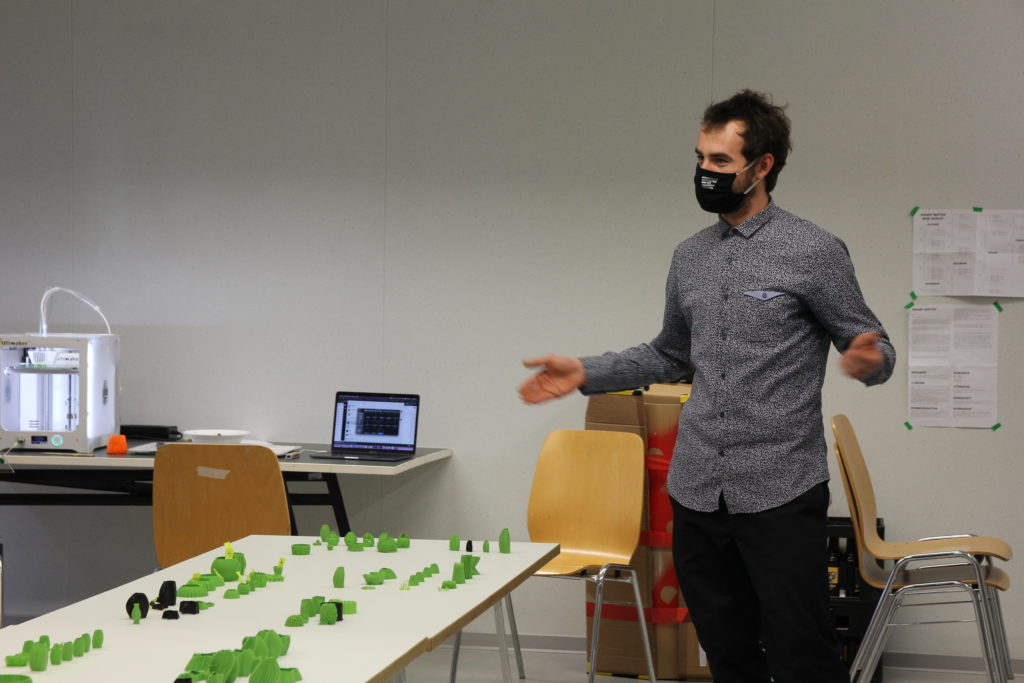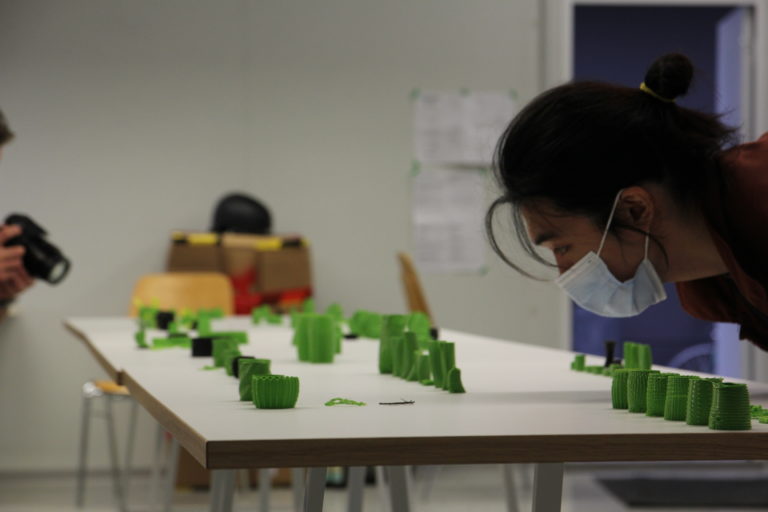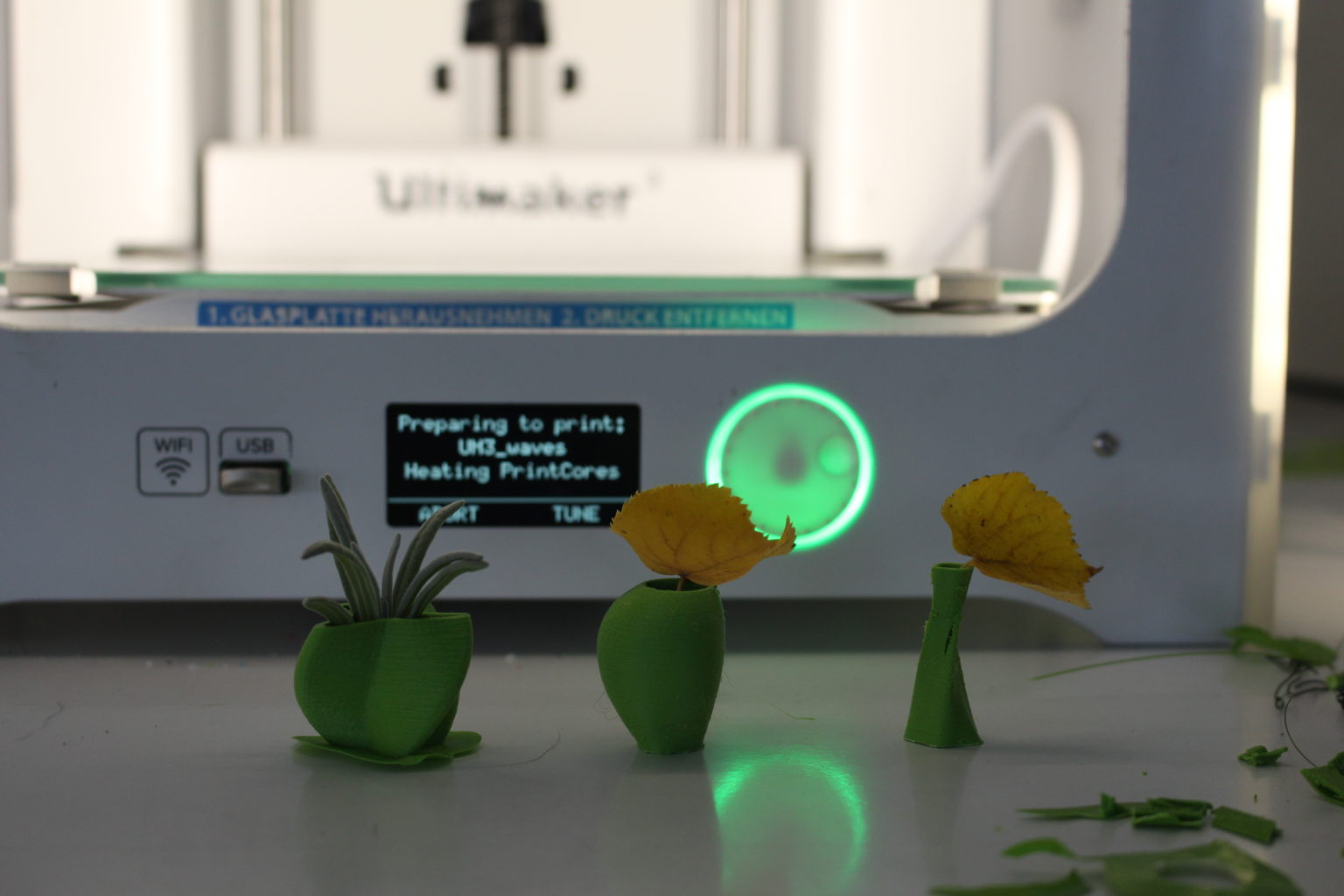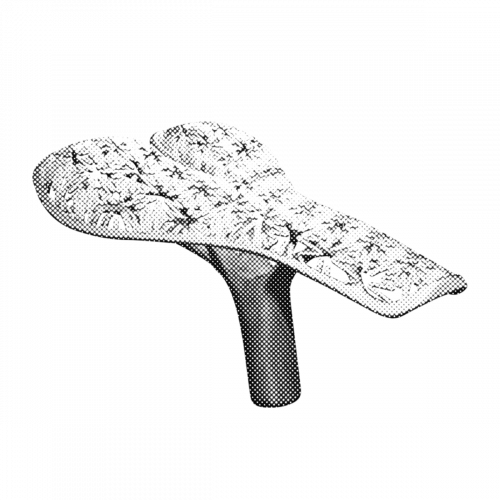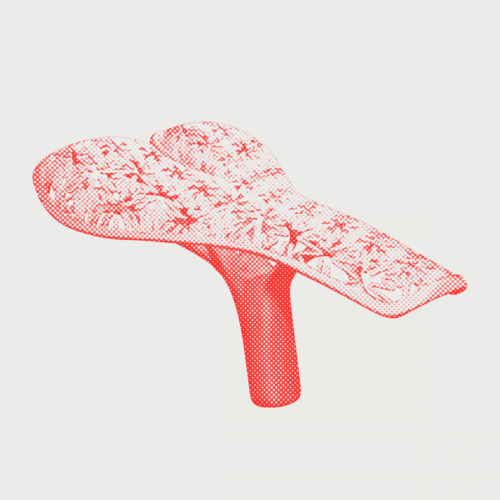Binary Matter
Year
2020/21
Client
Burg Giebichenstein
Kunsthochschule Halle
Kunsthochschule Halle
Team
Prof. Christian Zöllner
KM Amelie Goldfuß,
LB Tom Witschel
KM Amelie Goldfuß,
LB Tom Witschel
During this summer term Industrial Design students developed positions on computational design and examined its impacts on aesthetics and society. Due to Corona restrictions, the discourse was held mostly online and non-physical. The students gained insight into digital design strategies by delving into Grasshopper, a Rhino 3D tool for parametric design. Within a short design sprint, the students created a series of objects that have one thing in common: holes. When is a hole a hole? How holey can an object be? The results are presented in the Shutdown Gallery, a web-based 3D exhibition space.
The work process in this digital semester was documented in film by the students in the form of desktop documentaries.
The work process in this digital semester was documented in film by the students in the form of desktop documentaries.
Students: Anniek Timmerman, Björn Naumann, Daniel Zimmermann, Farid Taher, Julia Ernst, Max Gruber, Shuyun Liu, Simon Krautheim, Tim Mayer, Valena Ammon, Wayra Aguilar
Part 1
This semester, our focus centered on digitization as a shaping factor in design. Questions arose, such as: Where in the design process are hardware and software, algorithmic calculations, and digitally controlled manufacturing methods intentionally and intensively employed? How does the incorporation of digital processes impact both the practical design and the underlying theoretical framework? What shifts occur in the quality of formal outcomes? How does the use of powerful computation for formal, constructive, and potentially content-related elements alter our role as designers? How does it reshape our focus and activities?
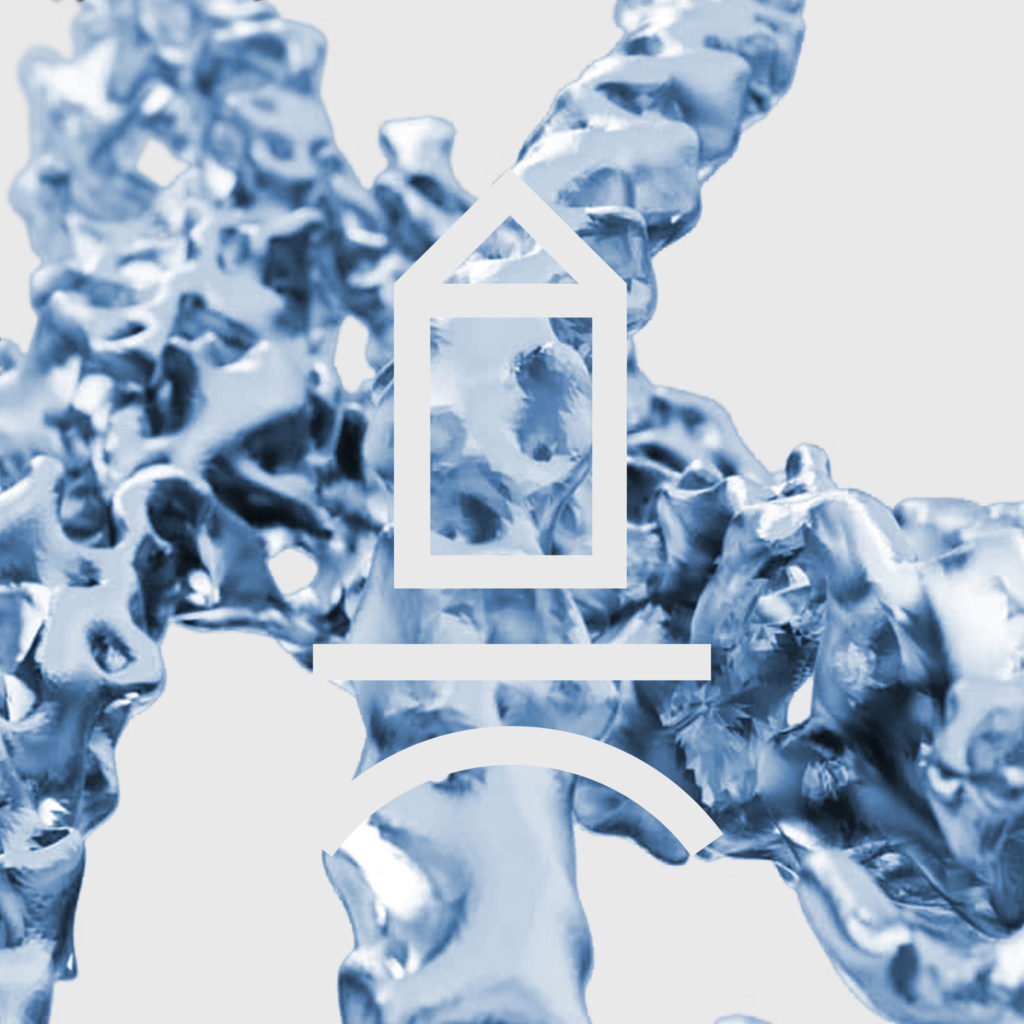
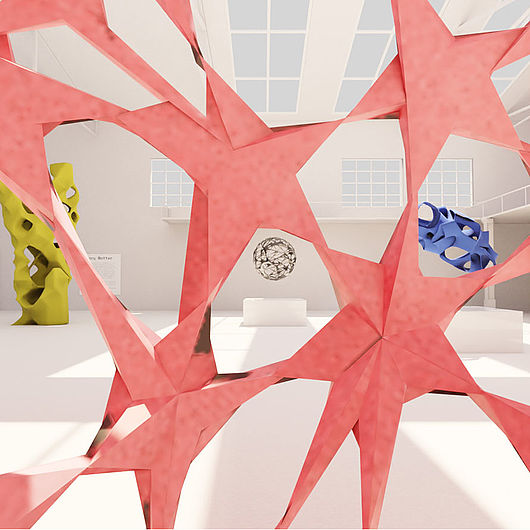

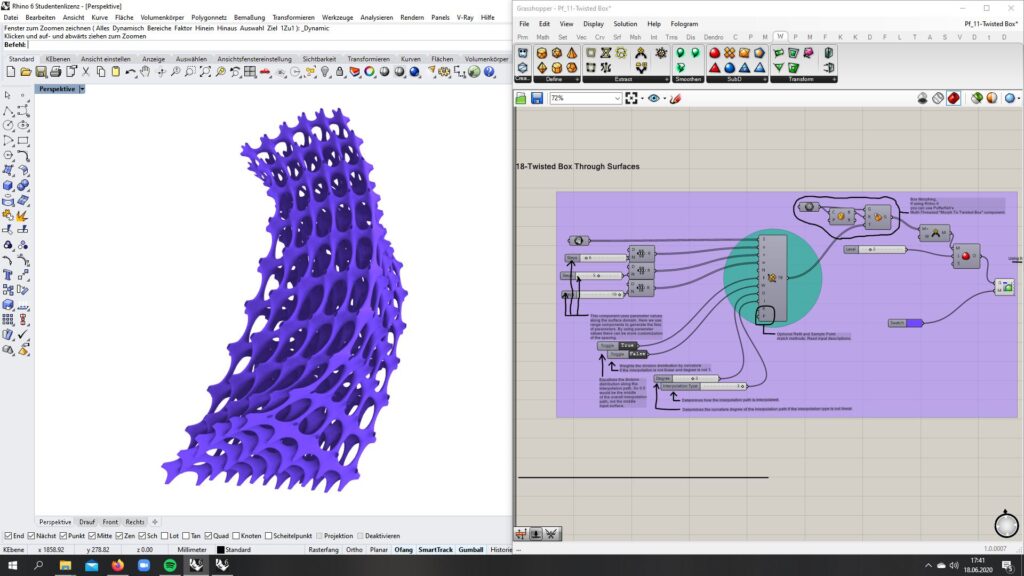
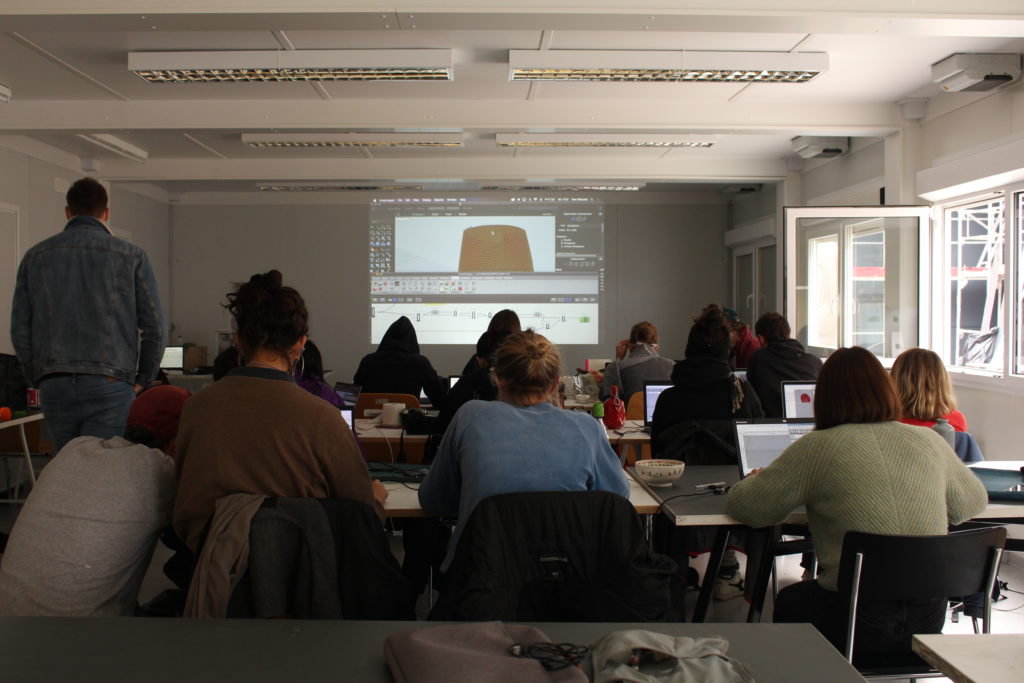
Part 2
After an intensive workshop on Grasshopper, a software for parametric design, led by Tom Witschel, the individual research and design phase began. Armed with theoretical knowledge and honed skills in Rhino/GH (Grasshopper), students crafted unique objects, models, and prototypes. The challenge lay in translating these digital creations into physical forms using the capabilities of the digital workshop. Exploring how objects transform from digital to physical, understanding the impact of materials, and considering additional parameters for manufacturing machines were key aspects.
The goal was to produce designs or experimental series addressing questions in parametric design and digital manufacturing. By confidently employing parametric design tools like Grasshopper and working with various 3D printing methods and other digital workshop tools, the aim was to enhance understanding of digitally controlled manufacturing processes and generate new formal outcomes.
